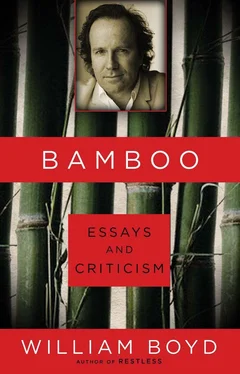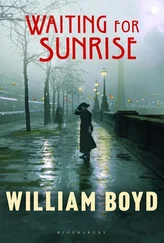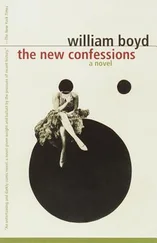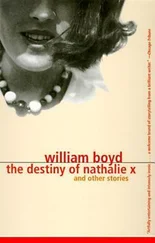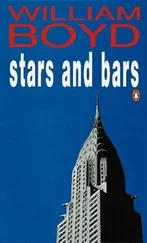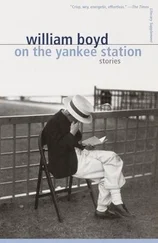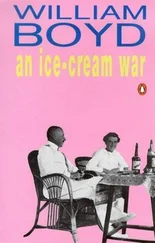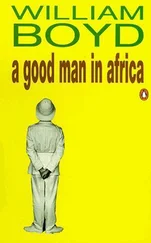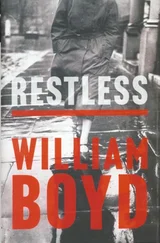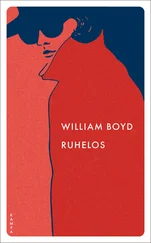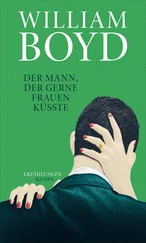Paradoxically, if you’re not looking for a deluxe tourist-brochure time (i.e. if you happen to be a novelist), its air of decrepitude makes the city all the more atmospheric and intriguing. For reasons which have now been explained I kept thinking of Graham Greene while I wandered around Montevideo. The streets are filled with ancient, noisy and noisome buses, constantly revving their engines, changing gears, belching blue diesel fumes. I was almost coughing blood after a couple of hours and I understood the weary sallowness of the inhabitants’ faces. Signs of disrepair are all around. Outside the city’s grand hotel the doorman’s coat is worn and greasy. Litter fringes the puddles in the gutters. Shops display poor, low-grade wares. The pavements are buckled and crumbling. The public buildings have an over-ornate Soviet-style kitsch. The main square, the Plaza Independencia, is graced with possibly the ugliest 1920s skyscraper you will ever see. I kept wondering why I was thinking of Russia and I realized that the tower of the building (the Palacio Salvo) looks like a Russian space rocket and the makeshift, malfunctioning air of space-station Mir seems the right metaphor for the town. The opera house, the Teatro Solis, was closed for renovations, and no one was sure when it would reopen. The former grand boulevard of the new town, the Avenida 18 de Julio, has been ruined by unrestrained shopping malls and gimcrack developments. I found the whole place absolutely fascinating. The peculiar friable, melancholic atmosphere of Montevideo is strangely beguiling even though unsought for and no doubt deplored by its more upright citizens. You itch to write a novel set here.
There is money and moneyed folk in Montevideo, of course. They tend to live in Carrasco, in big modern houses with security guards, to the west of the city and have summer homes in Punta del Este — the St Tropez of southern South America. But a wander round the old town gives the impression of a city struggling to rise up but still resolutely on its knees. But there are surprises — fruit shops ablaze with superabundant produce, a wonderful old bar (straight from the 1920s) called the Bar Bresilia, and — the key reason why everyone should go to Montevideo at least once in their lives — the Mercado del Puerto.
This is an old covered market down by the docks opposite the defunct railway station (built by the British). It is full of bars and restaurants— parrillas (grills) — serving meat of stupendous quality grilled in front of your eyes over great pans of glowing coals, pans fed from an upright flaming cage into which logs are regularly thrown. The heat is clearly intense and the meat is cooked with amazing speed. It’s very cheap and in no sense exclusive — working men sit at the bar having their lunchtime steak or chorizos or spare ribs. Lunch for four at the classiest parrilla , El Palenque, cost £20 (with lashings of wine). The Mercado is only open at lunchtime and even in winter was packed. I’ve never seen anything like it in my life and have never eaten anywhere similar: at once utterly simple, completely functional and efficient, wholly delicious and gratifyingly democratic.
I left Montevideo in darkness, just as I had arrived, but this time predawn, to catch the early plane to Rio. In the airport people were having their luggage covered with industrial-strength sticky plastic. The day before I had stopped briefly at the naval museum on the ramblas where there was a gun on display recovered from the Graf Spee . I was told there were serious plans afoot to raise the ship from the river bed. Because the Graf Spee was scuttled it settled slowly in the water and was essentially undamaged. It would be an amazing tourist attraction: a World War Two German pocket battleship in perfect condition. I hope they do it: it would be a fine symbol of Montevideo’s eventual recovery from its current state of enforced indigence. Just as long as it doesn’t become too smart.
2004
Three Nights of Samba in Rio
Midwinter in Rio de Janeiro. It’s late June, the temperature is a very agreeable 25 °C (80°F) and the sun is shining in a cloudless ice-blue sky. Standing on the top of Corcovado mountain at the foot of the concrete Christ (actually an impressively austere art deco sculpture clad in mosaic), looking around at the unsurpassable view, you have to admit there is no more beautifully positioned city in the entire world. Cape Town, San Francisco, Vancouver, Hong Kong or Sydney don’t even come close. It helps to be this high, of course — even the favelas look picturesque. Down at ground level things turn a little bit more Miami Beach.
Until the end of the Second World War, Rio was a splendid nineteenth-century city with tree-lined boulevards, ornate apartment blocks and grand public buildings in the Parisian vein. Ruthless redevelopment in the 1950s and 60s has left few vestiges of the original urban plan. If they hadn’t knocked almost everything down Rio would have easily outdone Buenos Aires for the “Paris of South America” title. No matter, Rio still has its own unique magic: the sheer, forested mountains surging up here and there, the vast bay and the ocean beaches more than compensate — and everything costs approximately one tenth the price of Europe.
I went to Rio this year to see the city and experience something of Brazil. Or should I say Brazilians. Rio is as much Brazil as New York is the USA — it’s almost impossible to grasp the vastness and diversity of the country. Yet something of Brazil’s heterogeneity can be found in the city — its music. And here I have to confess to a long-term Brazilian obsession. Very early on in my writing career my books were published in Brazil and they continue to appear there regularly. But up until this year I had never managed a visit (for various frustrating reasons) and the measure of my frustration was expressed in a short story I wrote in 1996 called “Never Saw Brazil,” in which a London minicab driver redeems his sad, shabby life through his love of Brazilian music. I too love Brazilian music and play it constantly. I love it in an uncomplicated, almost ignorant way. I listen with enthusiasm to the great singers and song writers of recent decades — Milton Nascimento, Elis Regina, Ivan Lins, Maria Bethania and so on — but as I don’t speak Portuguese most of the content of the songs is lost to me: their potent allure becomes solely a question of rhythm and melody. So one of my ambitions when I went to Rio was to come to closer grips with Brazil’s music. I decided I wanted the real thing. And the real thing had to be samba.
I made inquiries. Yes, you can hear authentic, wonderful samba in Rio but there is a problem. Most of the best clubs are in a district called Lapa — not a place for the innocent, music-loving tourist to venture alone. On this trip, however, I had a guide, who was not only a native of Rio (a carioca) , an artist and an expert on the history and culture of the city but was also an accomplished musician. His name was Fabio Sombra. Over several days Fabio guided me safely through hidden and undiscovered Rio and he also educated me about samba. Thus, any pretensions to expertise in this account owe everything to him: I just kept my ears open.
Lapa is in the centre of Rio and, up until fairly recently, was one of its most seedy and dangerous quarters. Perhaps because of its reputation it has been spared the developers’ bulldozers and its streets are still lined with crumbling nineteenth-century houses and warehouses of that era. In the past few years, however, it has begun a slow regeneration: theatres and clubs have opened; the drinking dens, the transvestite prostitutes and drug-dealers are less in evidence. Lapa is becoming the place in Rio where you go to hear music.
Читать дальше
